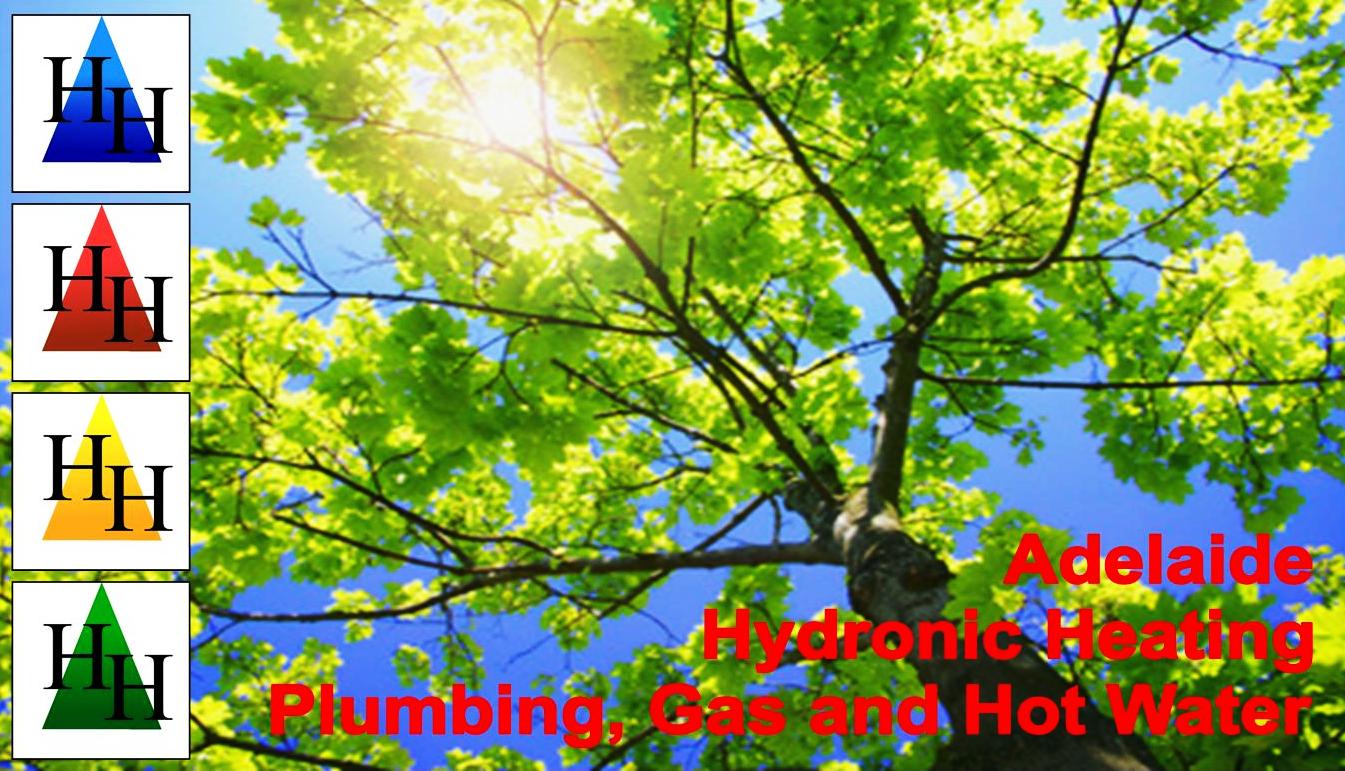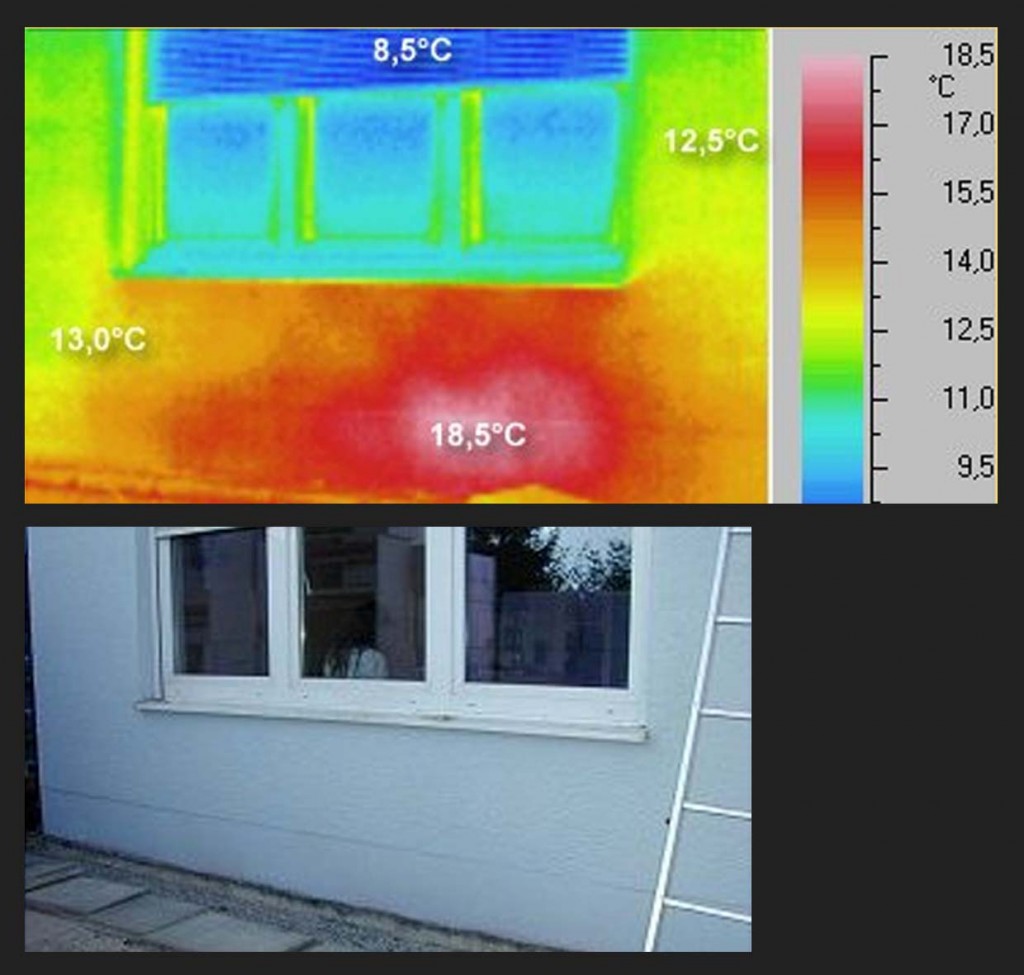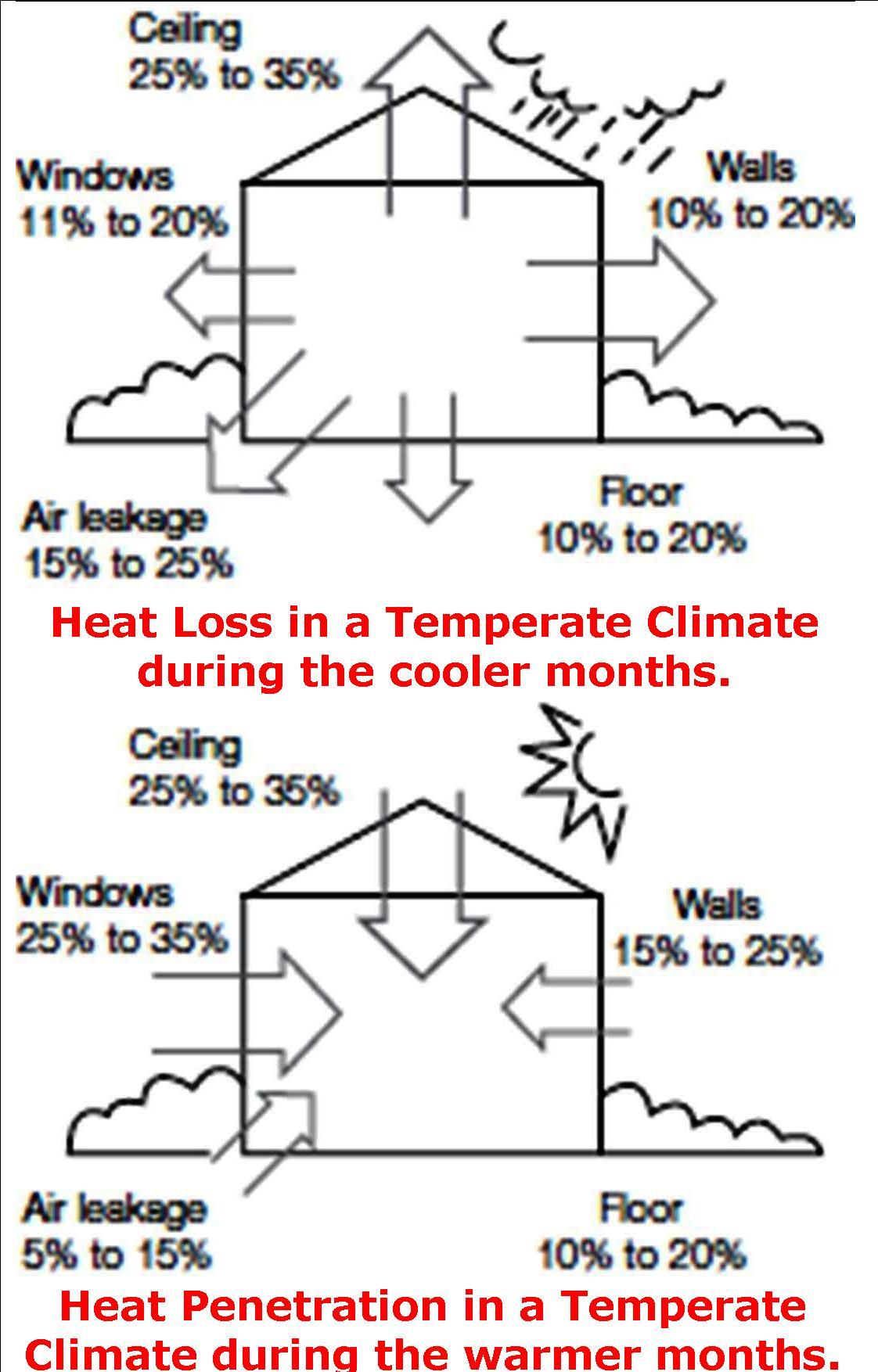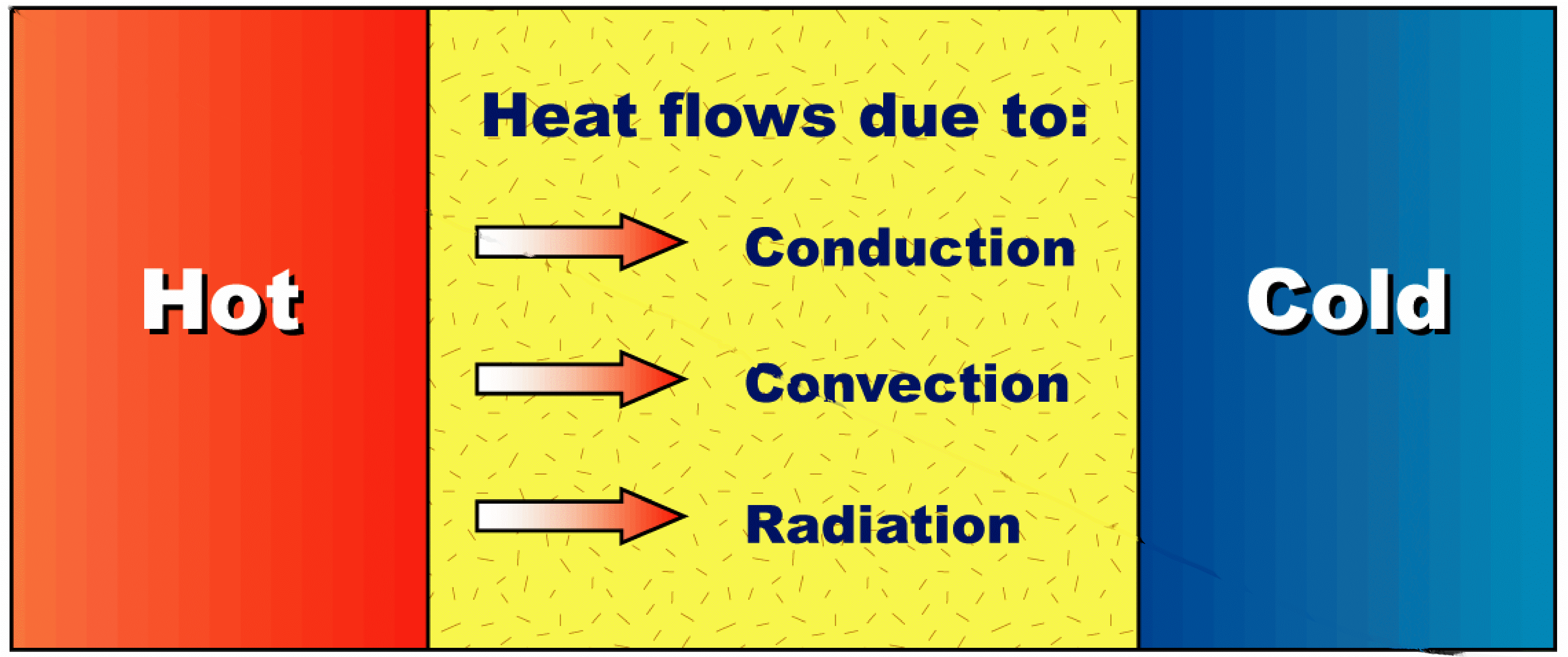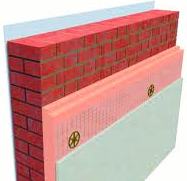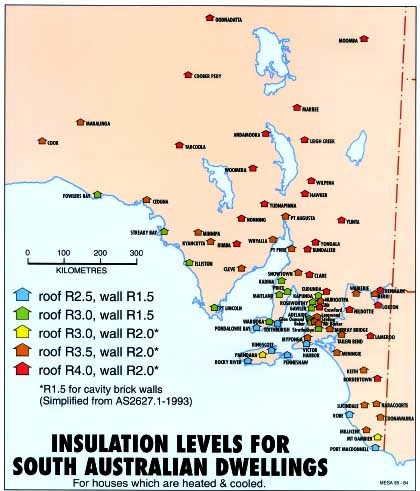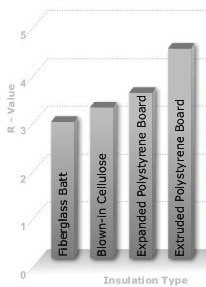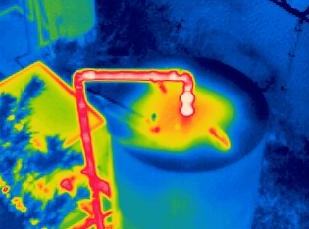In Holland we have a saying
 Solar
energy and heat pump energy both leave virtually NO carbon footprint.
However the reason why it is not solely used without a gas or
electricity boost is because it is classified as an UNCONTROLABLE
energy source.
Solar
energy and heat pump energy both leave virtually NO carbon footprint.
However the reason why it is not solely used without a gas or
electricity boost is because it is classified as an UNCONTROLABLE
energy source.
Uncontrollable energy sources are nearly always stored in a tank and from that storage tank (or batteries when speaking of photovoltaic panels (PV)) made available to the user. This makes it possible to control the output temperature and to store it for periods when the weather conditions are not so favourable.
Sunshine
Irradiance or Insolation (not
to be confused with insulation), is the amount of sunshine that reaches
a surface area such as a roof, over a given time. It is measured in
mega joules or kilowatts per square meter. Insolation varies throughout
the year.
The gas or electricity boost will work harder in the cooler months and the solar heating will take over producing the energy during the summer months.
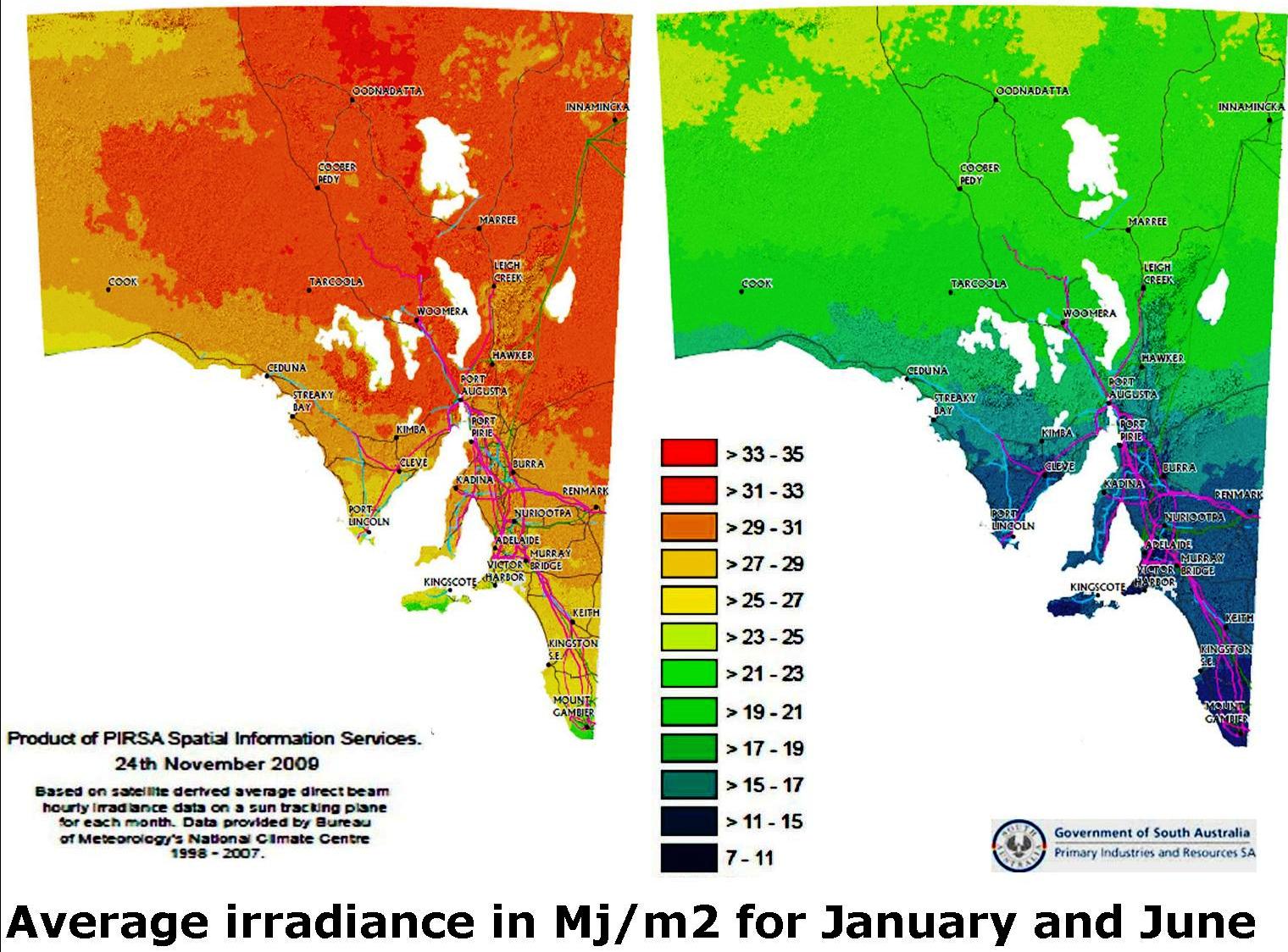
It is therefore important to
consider where the solar panel is to be placed so it receives the
maximum amount of sunlight. It is ideal to position the panel facing
North in the Southern hemisphere.
The pitch of the roof is also important and should ideally be from 22ºC to 32ºC
Obviously one should not choose a shaded roof area.
If the area is too shady or it is difficult to achieve north then a heat pump or a condensing gas boiler could be an option.
Sizing a solar system
If you remove the summer
months then the overall efficiency will seem quite low in comparison
with the efficiency gained throughout the year.
If the solar panels were to be
sized for the winter months they would have to cover a larger area to
catch the limited sunshine.
Then when the Summer time
comes they will collect too much energy which will lead to overheating
problems. During the Summer time the temperature in the solar panels
can exceed 120ºC once the temperature in the hot water tank has been
satisfied.
The water stored in the solar
panel or solar manifold will only cool once the hot water in the tank
has been used and replaced with cold water from the mains.
Therefore the solar panel is always sized using the best month and the amount of people using it.
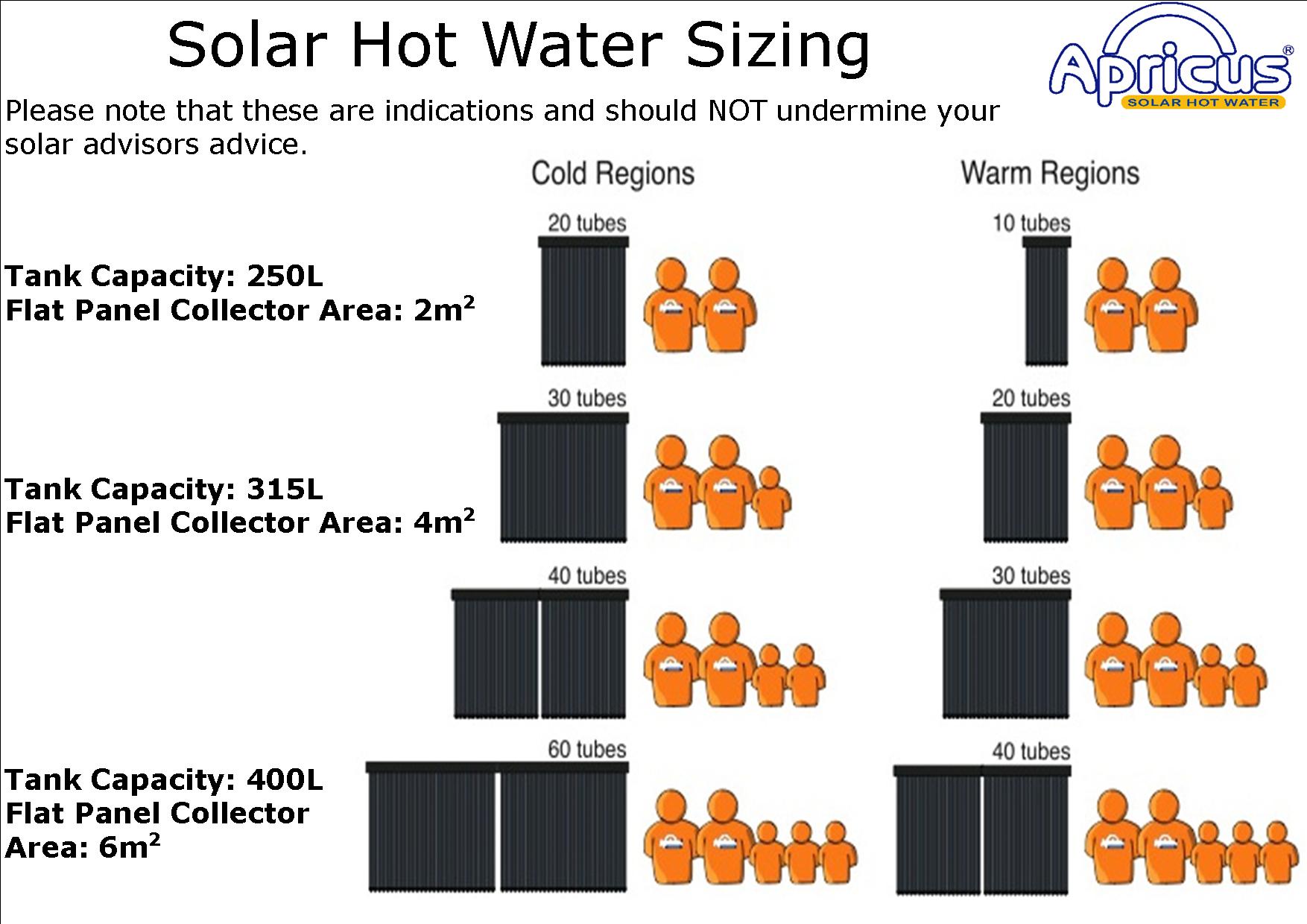
Flat Panels vs. Evacuated Tubes
There are two main types of solar collectors available namely the flat panel and the evacuated tubes.
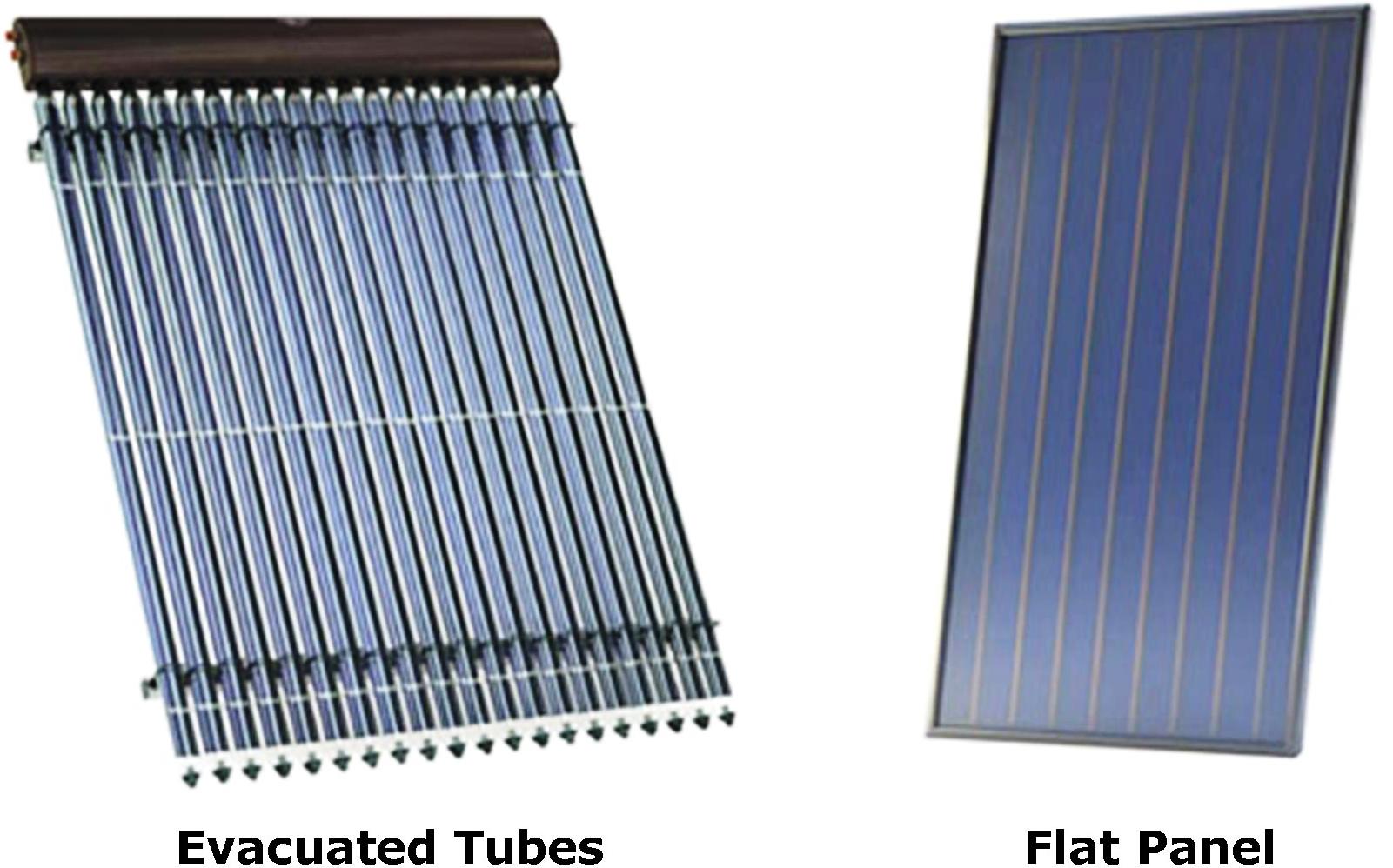
Both evacuated tubes and flat panels have advantages and dissadvantages.
The two main advantages of evacuated tubes are they are cylindrical allowing the sun to always strike at them at 90º and because the water is not circulated through the tubes there is virtually no heat loss and therefore lalso less change that the water can freeze during the winter.
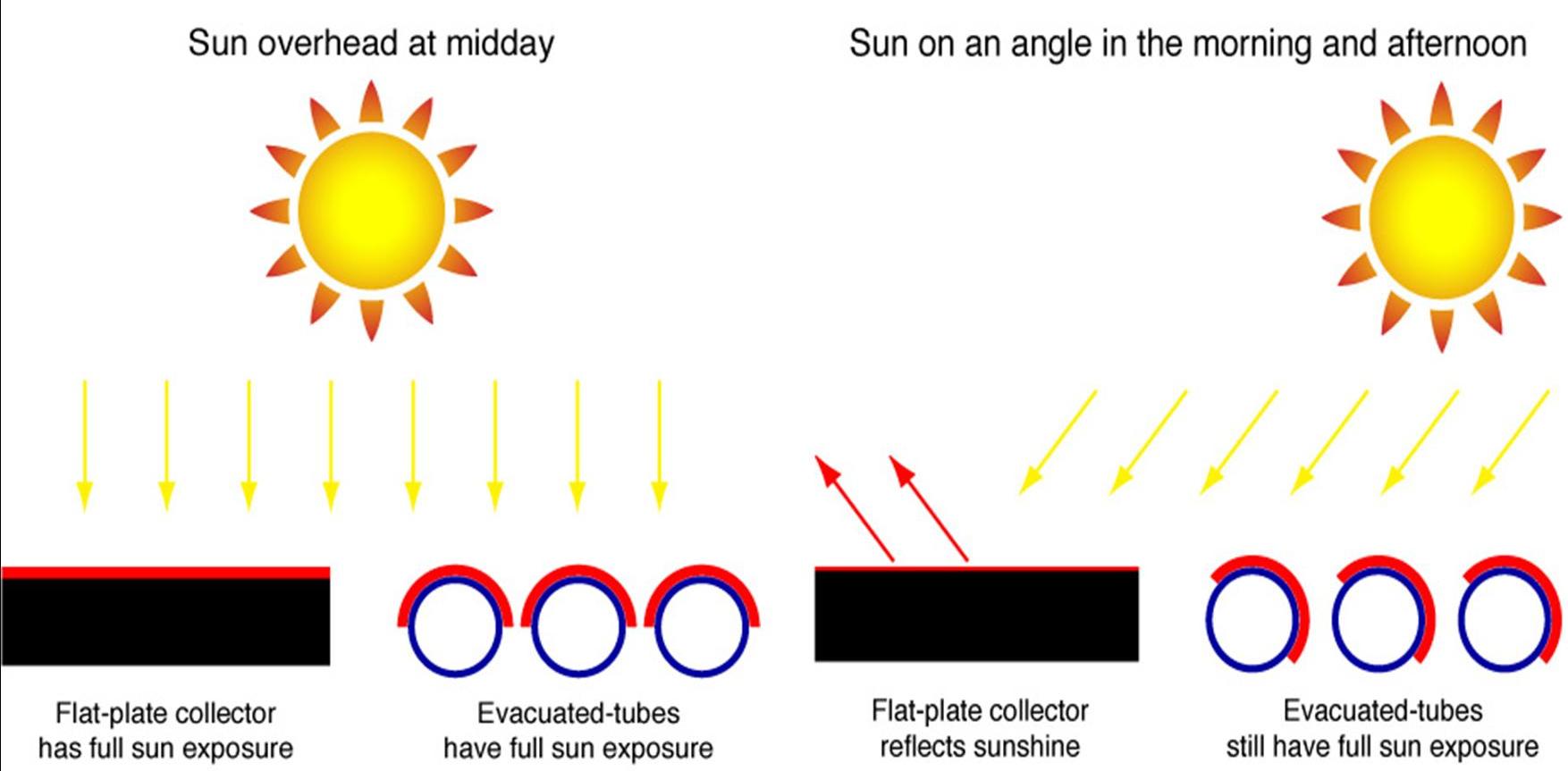
The two biggest advantages of
flat panel solar collectors are: they are easier, and therefore cheaper
to install, and many people find that they look better on a roof
resembling a skylight.
With flat panels there can be less than 2L of water circulating through them therefore heat loss is also kept to a minimum.
Technologies on flat panel solar collectors are being improved upon all the time.
Open looped systems and closed looped systems
Some areas in South Australia are prone to frost. Because solar panels are exposed to the elements the water contained in the piping and in the panels can freeze and cause damage.
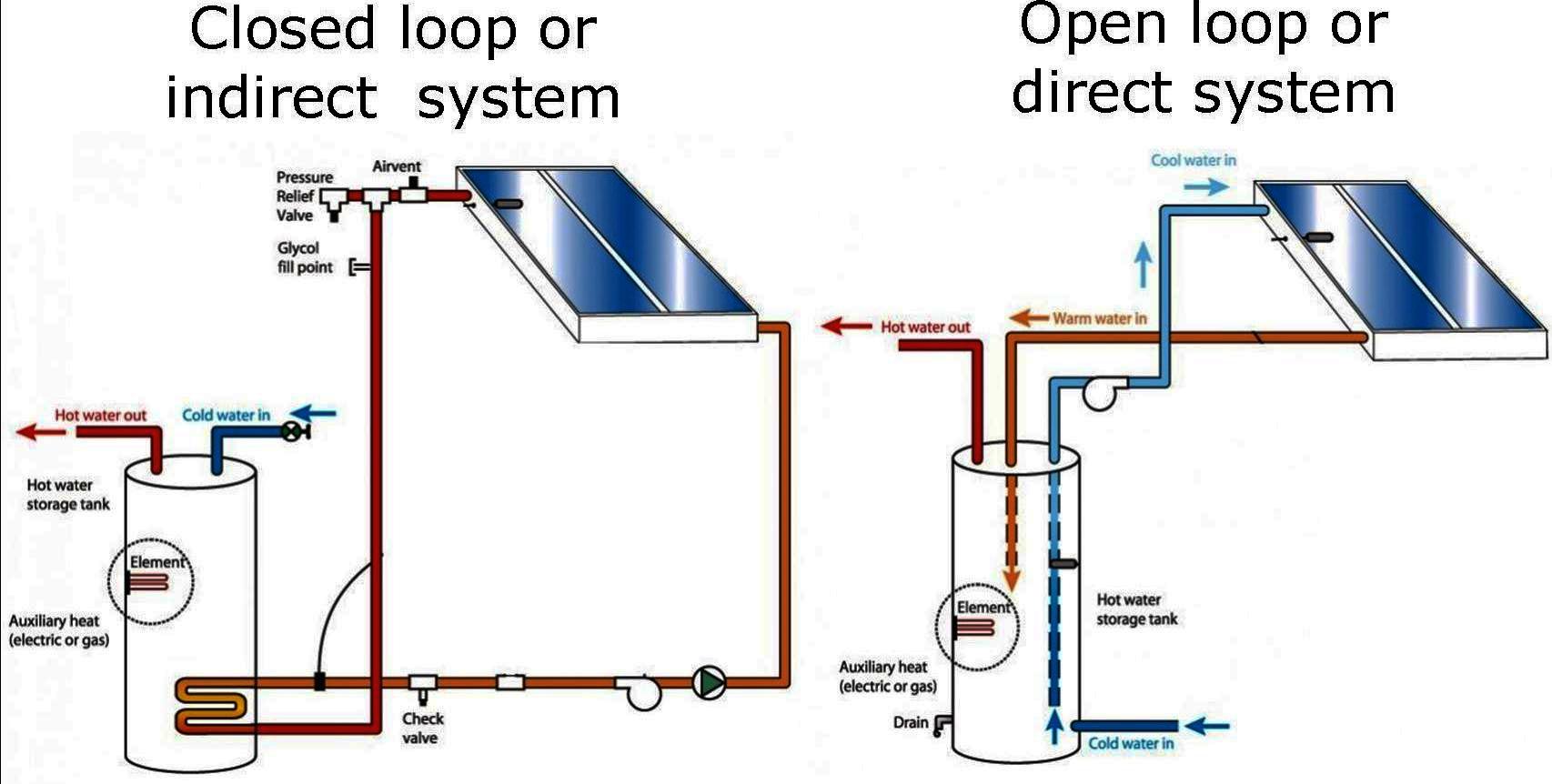
To prevent frost damage a closed loop system is sometimes used. This differs from an open loop system by circulating glycol through the solar panel instead of water.
The tank incorporates an additional heat exchanger making it more expensive.
In open looped systems a frost valve can be installed to provide some frost protection.
Water, once frozen begins to expand at -4ºC. At this temperature the frost valve opens and drains the water from the solar panels.
RECs
Whilst considering the differences between evacuated tubes and flat panels it is interesting to note that the Renewable Energy Certificates (REC's) can almost be the same amount for both systems.
The amount of REC's awarded
per solar system or heat pump is based on how efficient that product is
per climate zone and the size of that system.
Below are two tables taken from the Federal Governments REC's calculator .
For a flat panel I selected
Rheem's solar lo-line (a tank on the ground) with an electric boosted
tank with a capacity of 270L and a double panel. For the evacuated
tubes I selected the Hills solar with an electric boosted tank with a
capacity of 265L and 22 evacuative tubes.
Both were taken from the same RECs zone using the same postcode on the same day (because REC's can fluctuate over time).
|
System Brand |
Rheem |
Hills Solar |
|
System Model |
511270/2NPT |
HS-GL-265-E-22 |
|
RECs Zone |
Zone 3 |
Zone 3 |
|
Number of REC's |
30 REC's |
29 REC's |
Comparing REC's can help give an indication of the efficiency of a solar hot water
system but it does not show the quality.
Basically if the number of
REC's awarded for two products does not differ much but the price does,
then one might want to gather some extra information ie. is a closed
loop system being compared with an open loop system.
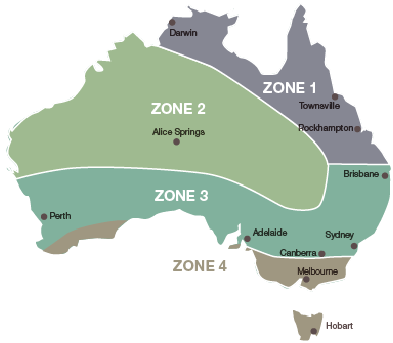
For all service or repairs to existing hydronic heating, gas or hot water units and installations
as well as any general plumbing jobs:
maintenance@adelaidehydronicheating.com.au
To learn more about the installation of new gas, hot water or hydronic heating units and systems :queries@adelaidehydronicheating.com.au
Please note this is a South Australian based business.